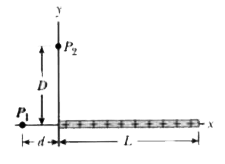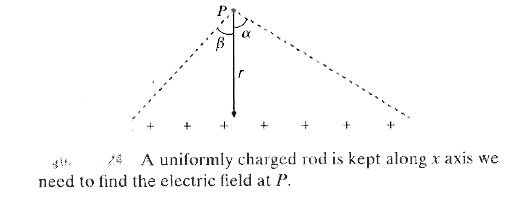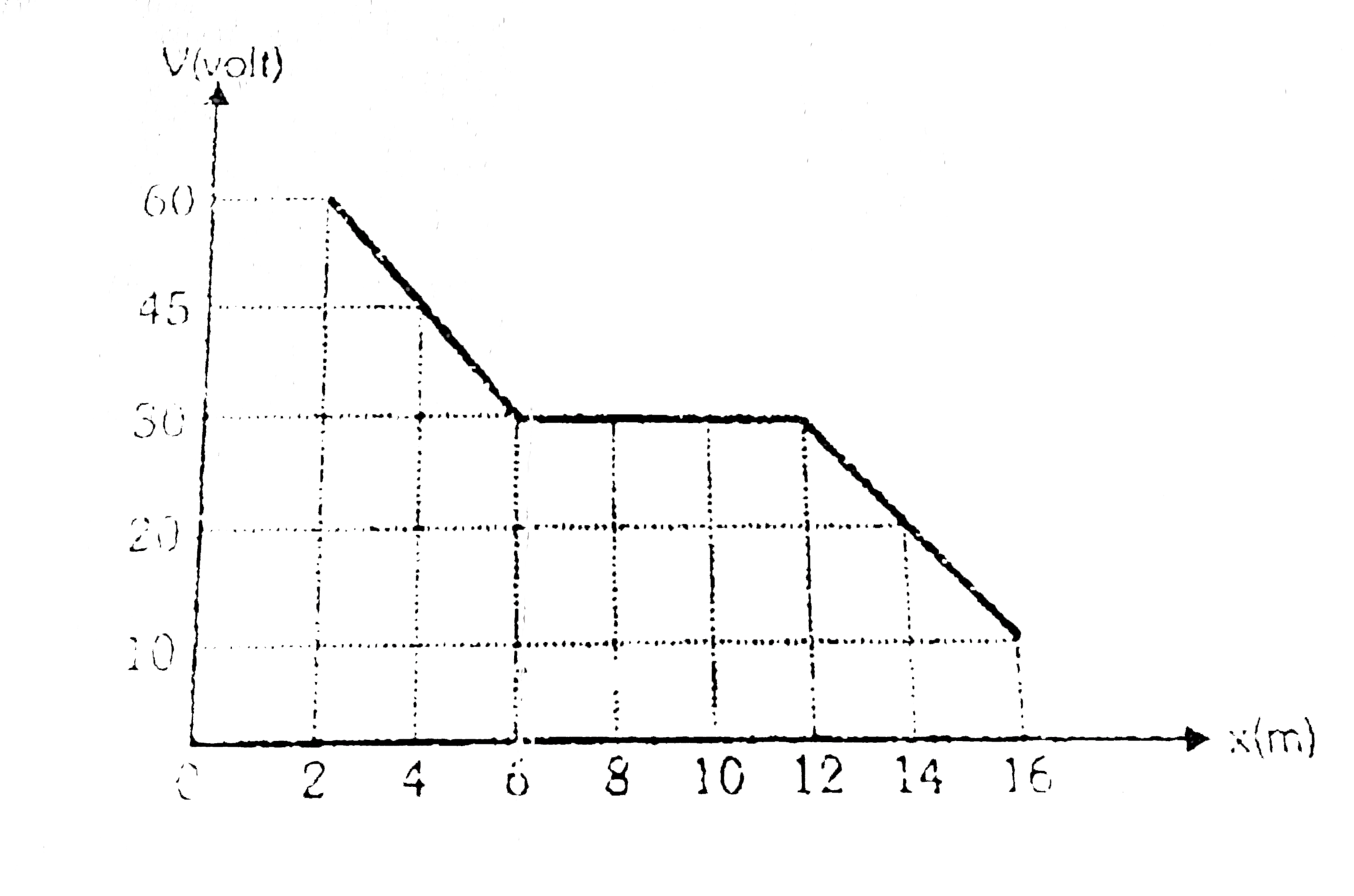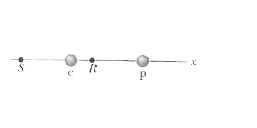Figure 24-61 shows a thin plastic rod of length L = 13.5 cm and uniform charge 43.6 fC. (a) In terms of distance d, find an expression for the electric potential at point P1. (b) Next, substitute variable x for d and find an expression for the magnitude of the component Ex of the electric field at P1. (c ) What is the direction of Ex relative to the positive direction of the x axis? (d) What is the value of Ex at P1 for x = d = 6.60 cm? (e) From the symmetry in Fig. 24-61, determine Ey at P1.

(a) (2.90×10−3V)ln(1+0.135md), (b) (3.92×10−4N.m2/C)x(x+0.135m), (c ) 180∘, (d) 0.0296N/C, (e ) 0
Topper's Solved these Questions
- BOOK - RESNICK AND HALLIDAYCHAPTER - ELECTRIC POTENTIALEXERCISE - (PRACTICE QUESTIONS) Single Correct Choice Type21videos
ELECTRIC POTENTIAL
- BOOK - RESNICK AND HALLIDAYCHAPTER - ELECTRIC POTENTIALEXERCISE - (PRACTICE QUESTIONS) More than One Correct Choice Type8videos
ELECTRIC POTENTIAL
- BOOK - RESNICK AND HALLIDAYCHAPTER - ELECTRIC POTENTIALEXERCISE - CHECKPOINT6videos
ELECTRIC POTENTIAL
- BOOK - RESNICK AND HALLIDAYCHAPTER - ELECTRIC CHARGES AND FIELDSEXERCISE - Practice Questions (Integer Type )3videos
ELECTRIC CHARGES AND FIELDS
- BOOK - RESNICK AND HALLIDAYCHAPTER - ELECTROMAGNETIC INDUCTIONEXERCISE - PRACTICE QUESTIONS (Integer Type)14videos
ELECTROMAGNETIC INDUCTION
Similar Questions
The thin plastic rod of length L = 12.0 cm in Fig. 24-61 has a nonuniform linear charge density λ=cx, where c=49.9pC/m2. With V = 0 at infinity, find the electric potential at point P2 on the y axis at y = D = 3.56 cm. (b) Find the electric field component Ey at P2. (c) Why cannot the field component Ex at P2 be found using the result of (a) ?
View SolutionFigure 22-24 shows a plastic rod having a uniformly distributed charge. The charge per unit length of the rod is λ. Find the electric field due to the rod at a point P which is at a distance r from the rod.
 View Solution
View Solution
Knowledge Check
- Question 1 - Select One
Let V be the electric potential at a given point. Then the electric field Ex along x-direction at that point is given by :
A∫∞0VdxBdVdxC−dVdxD−VdVdx - Question 2 - Select One
Let V be the electric potential at a given point. Then the electric field Ex along x-direction at that point is given by :
A∫∞0VdxBdVdxC−dVdxD−VdVdx
The variation of potential with distance x from a fixed point is shown in figure. Find the magnitude of the electric field (in V/m) at x=13m.
 View Solution
View SolutionThe variation of potential with distance x from a fixed point is shown in figure. Find the magnitude of the electric field (in V/m) at x=13m.
 View Solution
View SolutionThe figure here shows a proton p and an electron e on x axis. What is the direction of the electric field due to the electron at (a) point S and (b) point R ? What is the direction of the net electric field at (c ) point R and (d) point S?
 View Solution
View SolutionElectric charge Q is uniformly distributed around a thin ring of radius a. find the potential a point P on the axis of the ring at a distance x from the centre of the ring .
 View Solution
View SolutionElectric charge Q is uniformly distributed around a thin ring of radius a. find the potential a point P on the axis of the ring at a distance x from the centre of the ring .
 View Solution
View SolutionThe electric potential existing in space is V(x,y,z)A(xy+yz+zx)
(a) Write the dimensional formula of A.
(b) Find the expression for the electric field.
(c) If A is 10 SI units, find the magnitude of the electric field at (1m,1m,1m)View Solution

